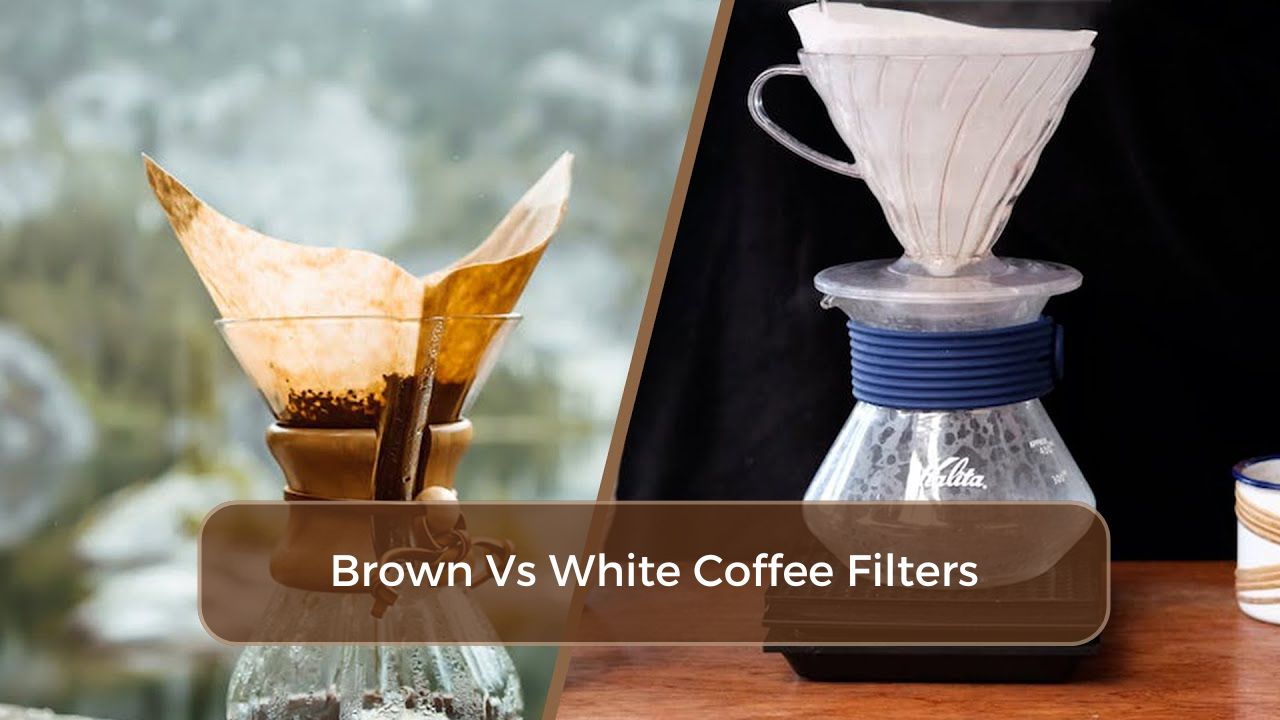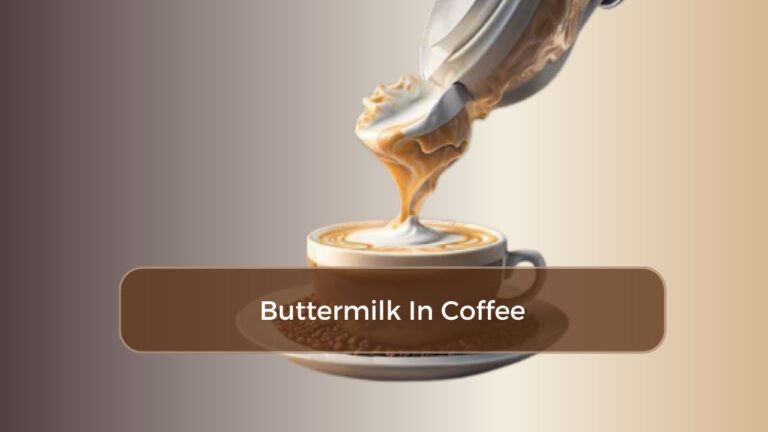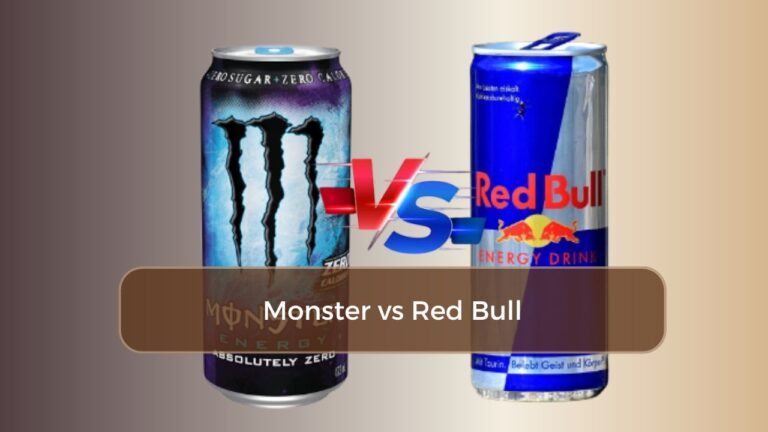Brown vs White Coffee Filters: Which Is Better?
In the world of coffee enthusiasts, the debate between brown vs white coffee filters is more than just a matter of aesthetics; it touches on health, flavor, and environmental impact. Understanding the differences between these two options can enhance your coffee experience and help you make more informed choices at the grocery store.
This article will break down the pros and cons of each filter type, so you can decide which one truly reigns supreme in your kitchen.
Where Do Paper Coffee Filters Come From?
Melitta Bentz’s invention of paper coffee filters in 1908 revolutionized the way we brew coffee, allowing for a cleaner, clearer cup. Her innovative use of a simple piece of blotting paper showcased her desire for quality and convenience in coffee preparation.
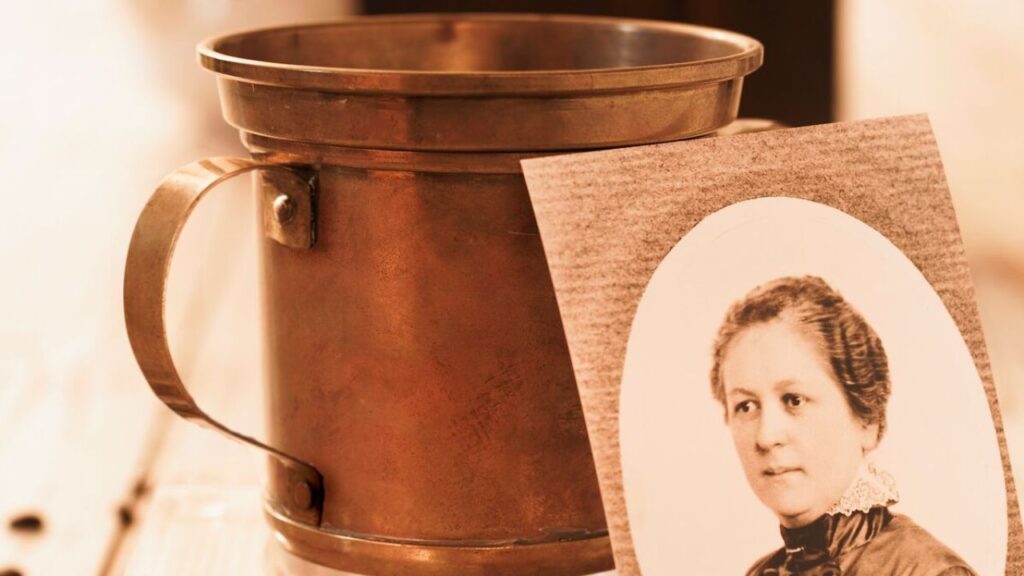
Today, the Melitta company continues to thrive by producing affordable pour-over coffee makers and their iconic numbered paper filters. This legacy highlights the impact of one woman’s ingenuity but also emphasizes the importance of innovation in everyday life.
white vs brown coffee filters What’s the Difference?
Brown and white coffee filters may look different, but they are made from the same kind of paper. The primary distinction lies in their processing: brown filters are unbleached, making them less processed overall.
This means they retain more of the natural fibers compared to their white counterparts, which undergo a bleaching process to achieve their bright appearance.

The bleaching process can be done using chlorine or oxygen. Chlorine bleaching is cheaper, it produces harmful toxic compounds that can negatively impact the environment. On the other hand, oxygen bleaching is a more eco-friendly option, allowing for a sustainable way to create those pristine white filters.
When selecting filters, make sure to choose ones that are compatible with your specific pour-over brewer, like those from brands such as Hario, Melitta, and Chemex.
Which Makes Better Coffee?
The color of your coffee filter, whether brown or white won’t significantly affect the taste of your coffee. Both types are made from the same material, so you can expect similar brewing results.
There is a slightly increased risk of a papery flavor when using brown filters, but this can easily be mitigated by rinsing the filter before use. Choosing between brown and white filters comes down to personal preference and convenience rather than any major difference in flavor. Overall students find them easy to use as they love drinking coffee.
You should also uderstand how this playful code impacts your coffee experience and community interactions.
are brown coffee filters better than white for Environment?
When considering the environmental impact of coffee filters, brown filters are generally the better choice. They undergo less processing than white filters, which means they consume less energy and water.
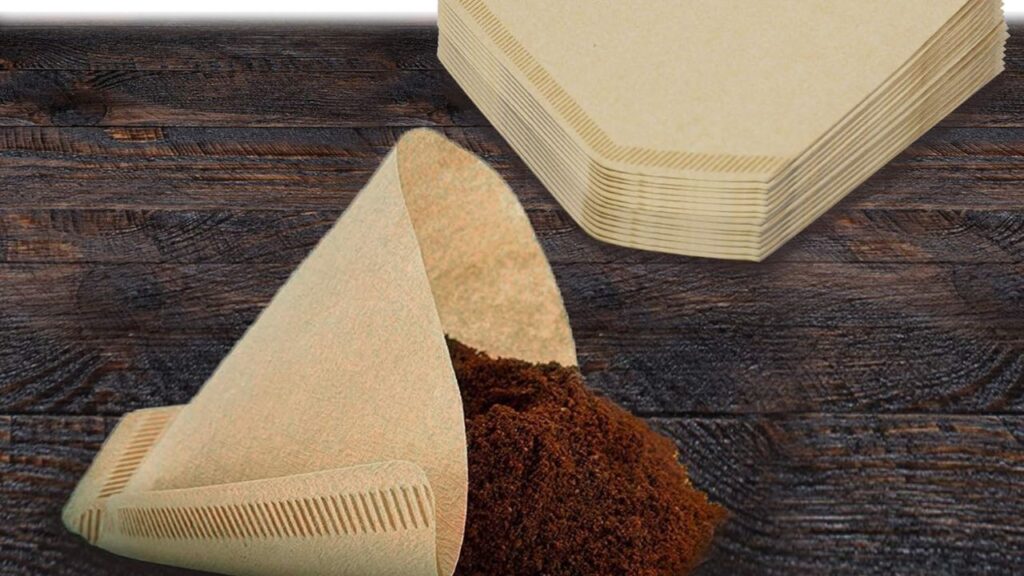
The chlorine bleaching process used for white filters can produce toxic chemicals that are challenging to dispose of safely. By opting for brown filters, you’re minimizing your ecological footprint and supporting more sustainable practices.
Brown vs White Coffee Filters: How to Choose
To choose between brown and white coffee filters ultimately comes down to personal preference. Brown filters are often unbleached, making them a more environmentally friendly option, while white filters may appeal to those who prefer a cleaner look or worry about any potential papery taste.
Both types will effectively brew your coffee, delivering that rich flavor we all love. So, whether you opt for brown or white, rest assured that your cup will be delicious, thanks to the pioneering work of Melitta Bentz.
Brown Filter Pros
- More natural and less processed
- More environmentally friendly
White Filter Pros
- Reduced papery flavor
- Bright, clean look
Conclusion
The choice of brown vs white coffee filters ultimately depends on personal preference and priorities. Brown filters are often favored for their eco-friendly nature and lack of bleaching agents, appealing to those who prioritize sustainability. White filters provide a cleaner taste and are widely available, making them a convenient option for many coffee lovers.
It’s essential to consider what is the difference between white and brown coffee filters and factors such as flavor, environmental impact, and convenience when making your decision. Whichever filter you choose, ensure it aligns with your coffee-making values for the best brewing experience.
FAQ’s
Do brown coffee filters taste different?
Yes, brown coffee filters can impart a slightly different taste compared to white ones. This is mainly due to the presence of natural oils and fibers in the unbleached brown filters, which can add a subtle earthy flavor to your brew.
Which is better bleached or unbleached coffee filters?
Bleached coffee filters are often preferred for their pristine white appearance and lack of residual paper taste, which can enhance the flavor of your brew. Unbleached filters, are a more environmentally friendly option, as they undergo less processing and contain no chlorine or chemicals.
What is the difference between Melitta white and brown filters?
Melitta white filters are bleached, giving them a bright appearance and a slightly softer texture, which some users believe leads to a cleaner taste in brewed coffee. The brown filters are unbleached and retain more natural oils, which can enhance flavor but may also impart a more earthy taste to your brew.

